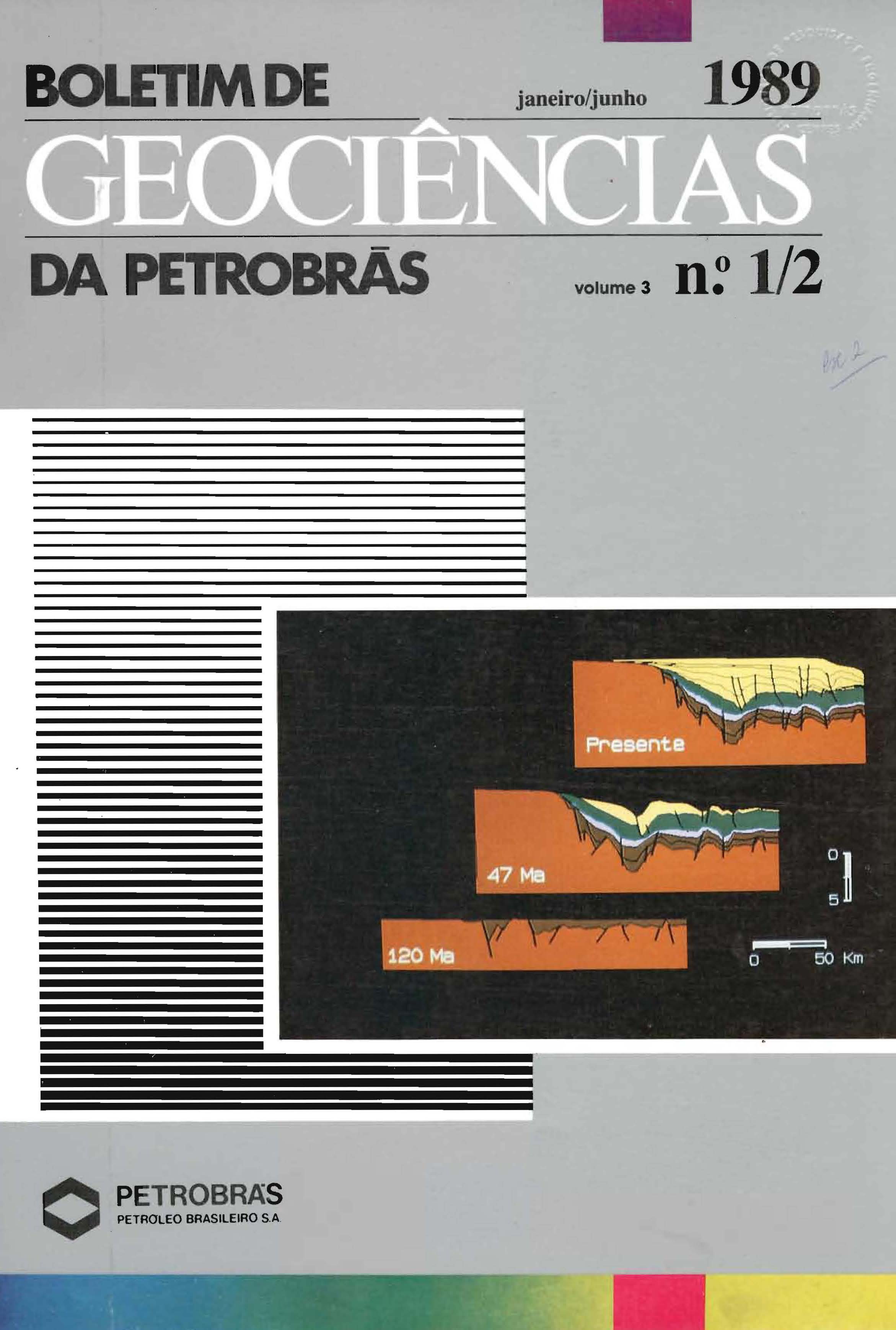Formação Piaçabuçu, Membro Calumbi, Bacia Sergipe-Alagoas: análise estatística dos dados exploratórios
Abstract
The Piaçabuçu Formation's Calumbi Member extends over a large area of the Sergipe/Alagoas basin, especially offshore. lt is characterized by a thick clayey section (0.6-2.9 km) with less than 1% of turbiditic sandstone in the form of thin lenticular interbeddings. The Guaricema field (recoverable reserves of 7 x 106 m3 of oil), other significant fÍelds, and numerous oil occurrences (subcommercial due to depletion) bear witness to this unit's petroleum potential. The major production problem is that it is not yet possible to safely predict the occurrence of sandy bodies, as these are thin, not very extensive, and devoid of good seismic contrast. Relying on a geostatistical investigation of ail sandstones and of tests conducted, this study attempts to offer a realistic forecast of the production potential of the Calumbi Member's satisfactorily sampled areas to subsidize decisions concerning future petroleum research on the unit. When a well is drilled, there is a 50% probability of finding at least one sandy layer over 5 m thick and a 16% probability of finding one thicker than 10 m. Most of the sandstones are cretaceous and that ha/f which was tested displays abnormally high pressure. Only 22% of tests yielded non-depletive results. Historical analysis indicates that chances of a wildcat well striking commercial petroleum are 6.6%.
Downloads
Published
Issue
Section
License
This license enables reusers to distribute, remix, adapt, and build upon the material in any medium or format, so long as attribution is given to the creator. The license allows for commercial use.



